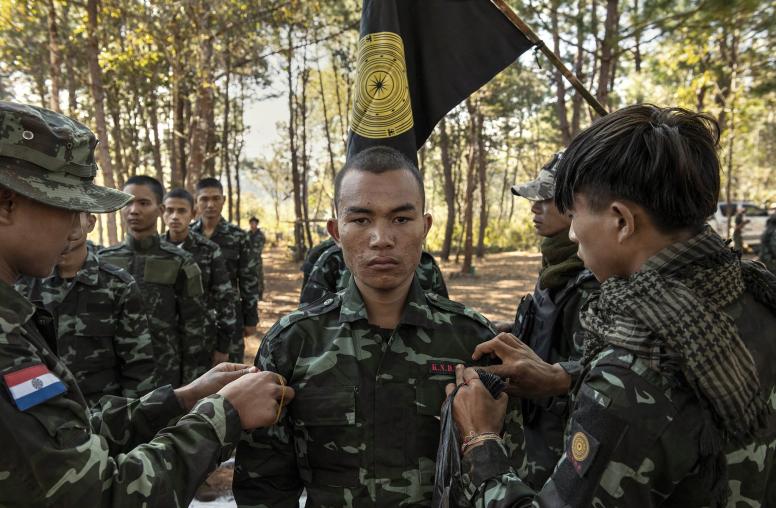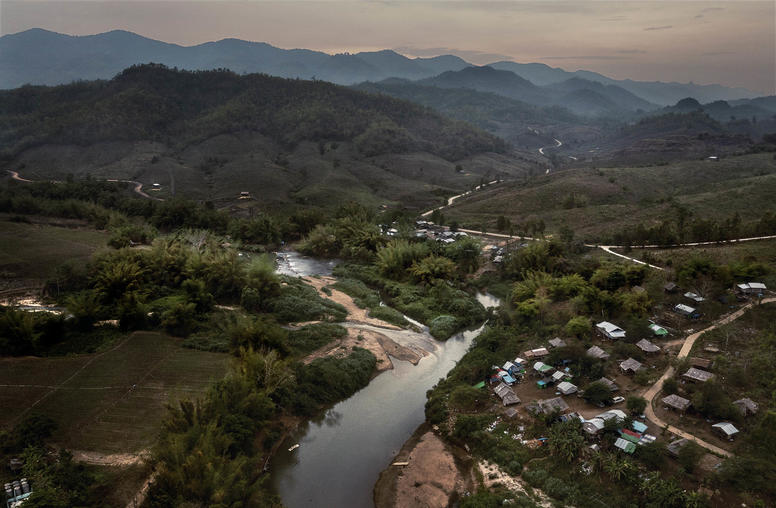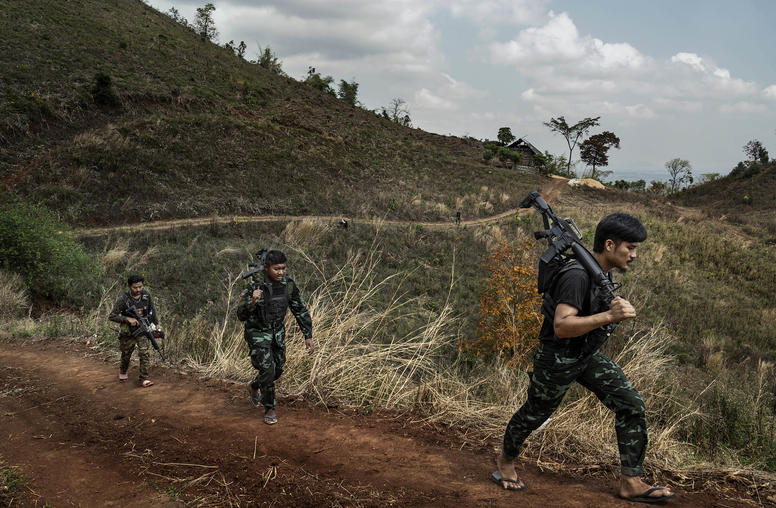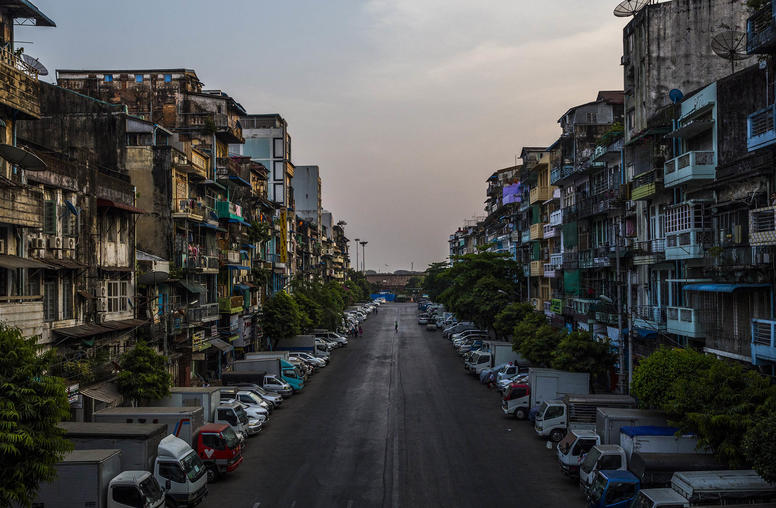USIP Backs Project to Assess Attacks on Health Care Workers in Conflicts
The U.S. Institute of Peace (USIP) has awarded a grant to The Johns Hopkins Bloomberg School of Public Health to support a pathbreaking effort to systematically track attacks on health care workers and facilities in Burma—creating an analytical tool that ultimately can be used globally and that should become a foundation for efforts to prevent such attacks and promote accountability for those perpetrating them.
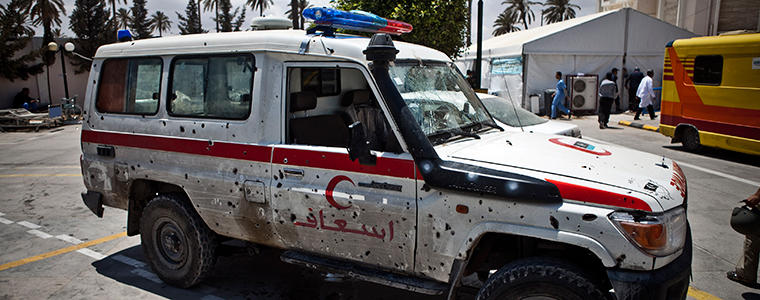
The U.S. Institute of Peace (USIP) has awarded a grant to support a pathbreaking effort to systematically track attacks on health care workers and facilities in Burma—creating an analytical tool that ultimately can be used globally and that should become a foundation for efforts to prevent such attacks and promote accountability for those perpetrating them.
USIP’s $113,992 grant to The Johns Hopkins Bloomberg School of Public Health will allow researchers there to develop, test and validate a data-driven instrument designed to track attacks on health care workers in armed conflicts.
Attacks on health facilities, health workers, ambulances and patients are a major feature of some armed conflicts. In a recent report, the International Committee of the Red Cross found that “in terms of people affected, violence, both real and threatened against health care workers, facilities and beneficiaries is one of the biggest, most complex and yet most under-recognized humanitarian issues today.”
The Johns Hopkins researchers say such attacks have played a role in numerous conflicts, punishing civilian populations by preventing the provision of badly needed medical care for the wounded and sick, as well as preventive health services. Over the past 15 years, according to various human rights monitors, Russian military units bombed hospitals in Chechnya; Serbian forces burned and looted more than 100 medical clinics in Kosovo and put doctors on trial for providing medical services to alleged combatants; terrorist groups in Iraq kidnapped and killed hundreds of doctors; Sri Lankan military forces shelled hospitals, killing patients and others; and both Colombian government and rebel forces have in the past targeted hundreds of medical personnel, killing more than 75 people.
The targeting of medical workers can harm prospects for post-conflict reconstruction and stability, as it has in Iraq, where it is estimated that half of the country’s physicians fled amid attacks starting in 2003.
“The Institute is in the business of reducing conflict and saving lives,” says Steven Riskin, special assistant to the president for grants at USIP. “This project has identified a significant need and a way to develop a new tool for international agencies and health care providers. In funding this project, we aim to facilitate the delivery of critical health care services by helping to enhance protection for those people doing hugely important work in zones of conflict.”
The project’s director, Leonard Rubenstein, a senior scientist at The Johns Hopkins Bloomberg School of Public Health, says the work aims to address the lack of a uniform way of collecting and organizing information on attacks on health care workers, facilities, transports and patients. The result has been inconsistent and episodic reporting of attacks, fueling what in the past has been a lack of policy and public attention to the problem.
Burma, says Rubenstein, was chosen for the study because local groups that are providing health care in conflict zones there want the information and stand ready to cooperate. Burma’s experience—with underreporting of attacks and a past pattern of military arrests of health workers and the burning of civilian clinics--typifies many of the factors found in such attacks, he says.
The Johns Hopkins project will create a platform for collecting and categorizing information on the attacks, shedding light on the nature of and motivations for the violence. The laws of war laid out in the Geneva Conventions prohibit attacks on health care workers, and the project data will be organized in ways that are consistent with the requirements of international law. The project intends to make the information publicly accessible.
The project will eventually enable health care providers and international agencies, including the World Health Organization, to better understand the nature and extent of the attacks, develop prevention strategies, promote legal accountability and support indigenous health workers in armed conflicts.
“We expect the instrument over the long term to be a basis for the development of strategies to protect health services in conflicts and to hold perpetrators accountable,” says Rubenstein, a former Jennings Randolph senior fellow at USIP who also chaired a USIP working group on health and peacebuilding. “This funding is a key step in moving us forward.”
